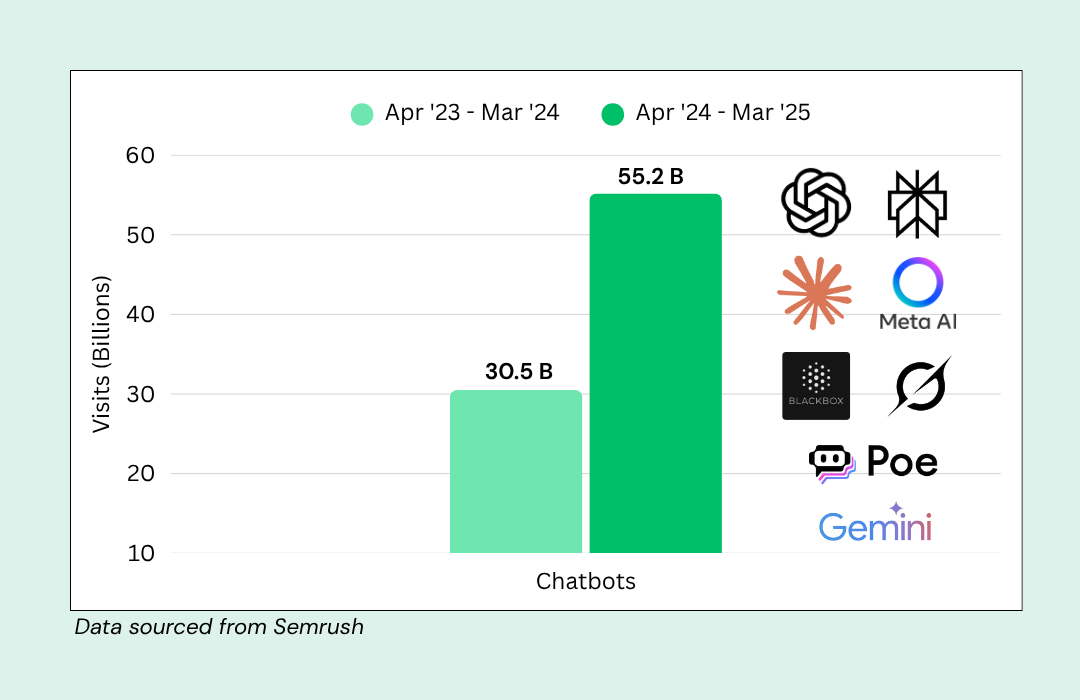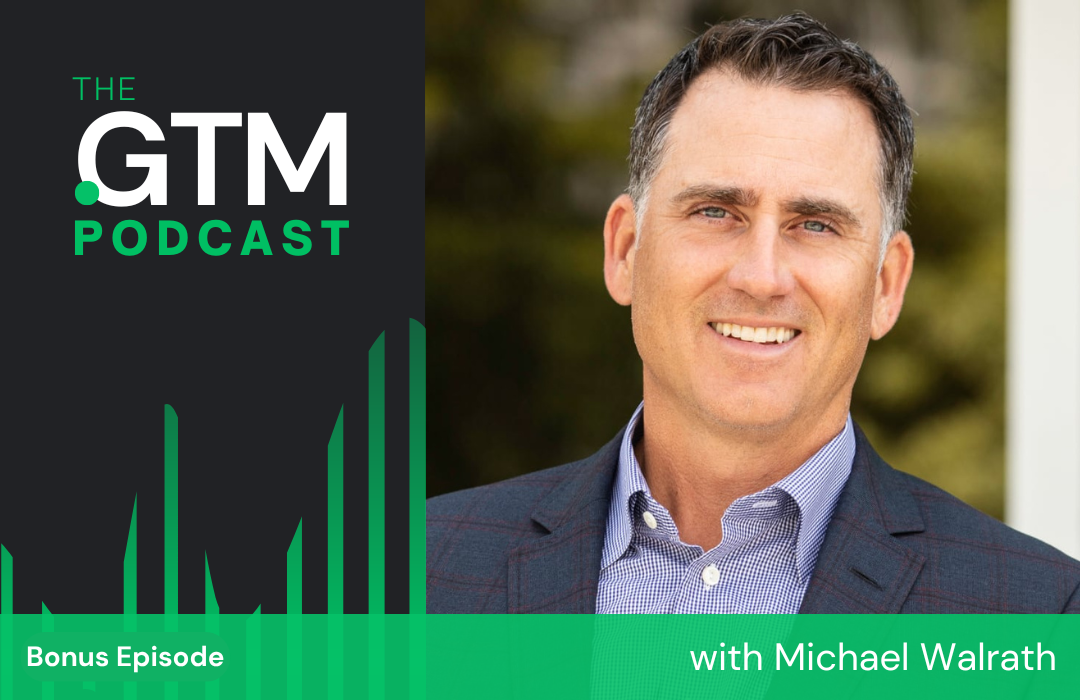Is account-based sales development right for your business?
We’ve put together a flowchart that tells you in no uncertain terms whether it’s a good model for your organization, plus 5 factors that can make or break your account-based sales development initiatives.
- What you need to know about go-to-market models in SaaS
- Is ABSD for you? (Infographic)
- What factors determine ABSD success?
What You Need to Know About SaaS GTM Models
B2B SaaS go-to-market (GTM) models range from no-touch, transactional approaches to highly specialized, consultative strategies. Your GTM approach determines the type of sales roles you hire, the technology you implement, and your overall approach to demand generation.
One of the most effective models to emerge in recent years is Account-Based Sales Development (ABSD), defined as the coordinated process of developing qualified pipeline in a target addressable market by running proactive multi-touch campaigns into target accounts with a non-quota carrying team.
But ABSD is not for everyone. In fact, applying ABSD without the right business context could spell disaster.
This guide is an effort to provide clear, step-by-step directions for determining if ABSD can accelerate your growth.
Is ABSD Right for You?

Want to download a PDF of this flow chart? Click here (no optin required)
What Factors Determine ABSD Success?
ABSD success comes down to 5 key factors. We’ve mapped them out in the infographic, but here’s what you need to know.
1. Average Selling Price (ASP)
Average Selling Price is defined as the average value of your closed won deals.
Just as you expect a more complex experience when you’re buying a home vs. buying a latte, high-ASP transactions can justify the added complexity of an account-based SDR team.
For recurring revenue businesses, dedicated ABSD efforts also increase the cost of customer acquisition (CAC), which puts a greater burden on the value of each customer. The higher the ASP, the more likely you are to see efficient unit economics with an ABSD approach.
2. Sales Cycle Length
The Sales Cycle Length tells you how long it typically takes your company to close a deal, measured from the first meeting until the contract is booked.
Short sales cycles simply don’t allow enough time for multiple people to be involved in deals; otherwise, you risk extending the time-to-close and frustrating your customers.
On the other hand, longer sales cycles require the nurturing and multi-stakeholder outreach provided by ABSD. These deals go forwards, backwards, and sideways. Account-specific content from both marketing and sales development provides much-needed air cover for your overburdened AE.
3. Market Maturity
Market Maturity refers to the level of awareness for products and services similar to yours. Are you solving completely new problems or competing against entrenched incumbents?
As a rule of thumb, the more novel your solution, the more resources you need to invest to properly educate your buyers about how you solve their pain. People are not proactively searching for solutions like yours, because solutions like yours have not traditionally existed.
ABSD is a powerful channel for educating these markets. On the other end of the spectrum are commoditized markets, where buyers are most likely to find you when searching for alternatives to their existing solution, usually seeking a lower cost or modern features.
4. Target Addressable Market (TAM)
The Target Addressable Market is defined as the total universe of companies that could become customers. Your TAM significantly impacts your go-to-market model because it dictates breadth vs. depth.
If you take the same approach to engaging 100 accounts as you do to 10,000, you’ll run through your entire market potential in a matter of months. Companies with a smaller, well-defined TAM have to apply surgical precision to their outreach efforts, maximizing the conversion rate of any given target.
ABSD provides such precision. Humans are not nearly as efficient at engaging a massive, distributed market as strategies like digital marketing.
5. Number of Customer Stakeholders / Departments
Closely related to the cycle length, the Number of Customer Stakeholders refers to the number of people involved on the customer side in any given deal.
Do IT, a line of business leader, and the CFO all need to say “yes” for the deal to get done? If so, ABSD can efficiently deliver your value proposition to each of these stakeholders in their own language, maximizing the chances that they will support, or at least not block, the sale.
Bottom Line
Account-based sales development isn’t for everyone. But if the model is right for your org and you get the 5 success factors in place, it can be a powerful tactic for generating highly qualified leads for your sales team.
What do you think? Is ABSD for you? What’s your biggest challenge with account-based sales?







